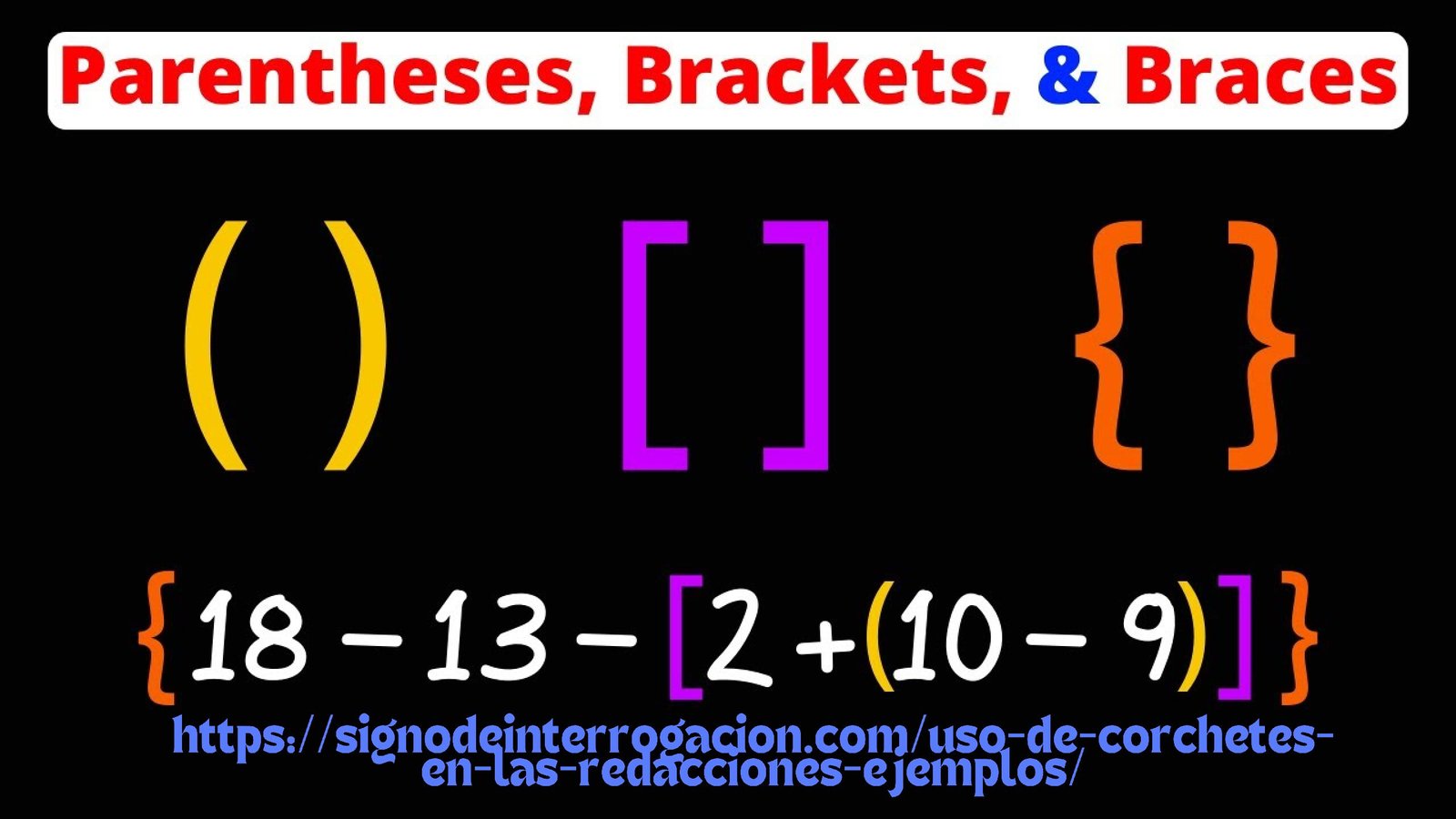Brackets, often referred to as square brackets or simply “[]” in writing, serve a unique purpose in enhancing clarity and providing additional information within a text. While they may seem straightforward, their usage can be nuanced and varied, depending on the context. Let’s delve into the intricacies of brackets and explore some examples to understand how they can be effectively employed in writing.
1. Clarification and Alteration
One primary function of brackets is to clarify or alter a quotation or statement without changing its original meaning. This is particularly useful when quoting someone or referencing material where clarification is needed to ensure comprehension.
For instance:
Original Quote: “The team won the championship.”
With Clarification: “The team [Manchester United] won the championship.”
In this example, the bracketed insertion clarifies which team won the championship without altering the original statement.
2. Editorial Comments
Brackets are commonly used in writing to insert editorial comments or explanations within quoted text. These comments provide context or additional information that aids the reader’s understanding.
Example:
Original Text: “The study concluded that regular exercise improves overall health.”
With Editorial Comment: “The study concluded that regular exercise improves overall health [a finding supported by numerous scientific studies].”
Here, the bracketed comment provides further information about the assertion made in the original text.
3. Omission and Substitution
Brackets can also be utilized to indicate the omission or substitution of words within a quotation. This is particularly helpful when quoting lengthy passages but wanting to focus on specific portions relevant to the discussion.
Example of Omission:
Original Quote: “In his speech, the President emphasized the importance of unity, equality, and progress for our nation’s future.”
Omission: “In his speech, the President emphasized […] for our nation’s future.”
In this instance, the brackets indicate that a portion of the original text has been omitted for brevity.
Example of Substitution:
Original Text: “The suspect [John Doe] was apprehended by law enforcement officers.”
Substitution: “The suspect [the perpetrator] was apprehended by law enforcement officers.”
Here, brackets are used to substitute a generic term for the specific name mentioned in the original text.
4. Additional Information and Corrections
Brackets can also be employed to add supplementary information or correct errors within a quotation or text. This ensures accuracy and completeness in conveying the intended message.
Example of Additional Information:
Original Text: “The historical event occurred in 1776.”
Additional Information: “The historical event occurred in [July] 1776.”
In this case, the bracketed addition specifies the month of the historical event for clarity.
Example of Correction:
Original Text: “She said, ‘I am not happy’.”
Correction: “She said, ‘[He] is not happy’.”
Here, brackets are used to correct a pronoun error in the quoted statement.
Conclusion
Brackets play a crucial role in writing by providing clarity, context, and accuracy. Whether used for clarification, editorial comments, omission or substitution, or adding information or corrections, understanding their appropriate usage enhances the effectiveness and precision of written communication. By incorporating brackets judiciously, writers can ensure that their message is conveyed clearly and concisely, enriching the reader’s experience.

